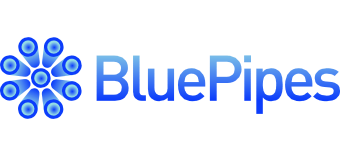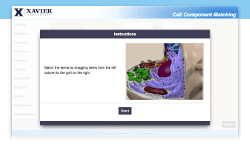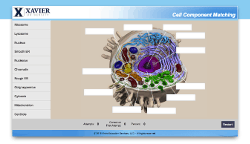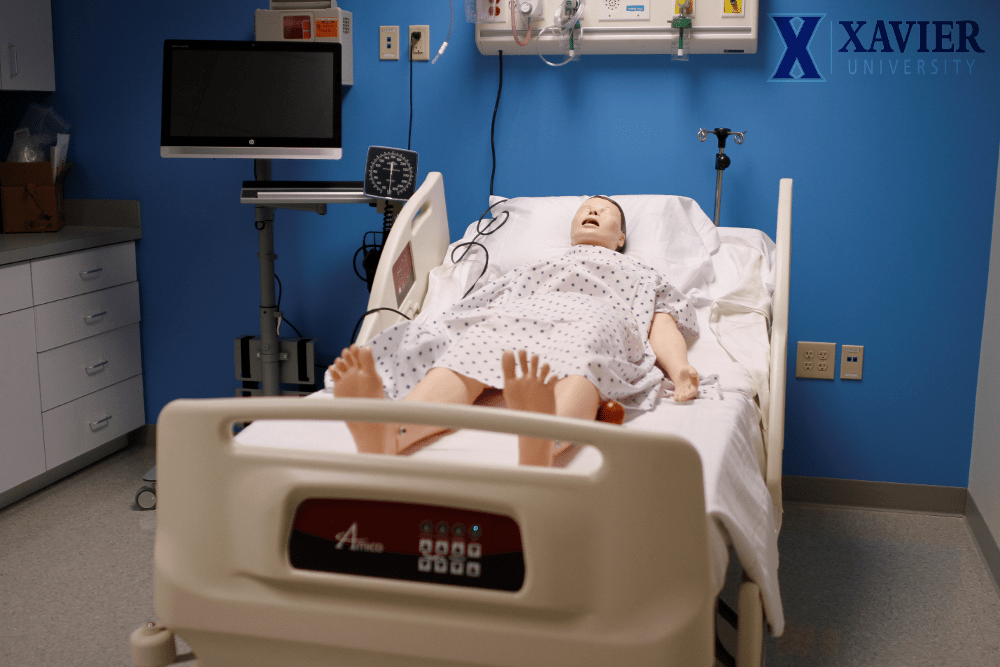Getting Hands-on with Technology in Nursing Education
As technology advances, nursing programs, like Xavier University’s Accelerated Bachelor of Science in Nursing (ABSN) program, are finding new ways to incorporate these advances to impact students for the better. Read on for some of the ways Xavier is helping today’s nursing students better learn the basics, practice their skills, and manage many aspects of their education electronically for greater understanding, convenience, and flexibility.
Yesterday’s nurses had to put pencil to paper when it came to schooling, working, and charting, but today’s health care professionals rely on technology to add multiple tools to their educations and workplaces. Nearly every facet of health care today is strengthened by technological advances, which provide continuity across health care environments, help prevent medical errors, speed up research, and enable better collaboration with professionals in other locales. Between online courses, computerized simulations, and virtual machines that promote fully mobilized medicine in various health care settings, nursing education has made a giant leap forward to accelerate and deepen learning.
Following suit, programs like Xavier University’s Accelerated BSN offer rigorous, technology-infused curriculum for students who want to transition quickly into the profession. Utilizing a blended learning approach that combines online coursework with hands-on learning and clinical opportunities, such programs offer the following:
- Online nursing courses that feature a new level of interaction with the material and add flexibility to learning.
- Skills labs and computerized simulations that help put nursing theory into practice.
- Web-based resources that strengthen and streamline the student experience.
Here are some of the ways today’s students benefit from technology in their nursing education.
Online Learning Offers Flexibility and Control for Nurses
Nursing schools have been quick to recognize that e-learning offers new methods of engagement and personalization to students. As an example, Xavier uses the Canvas learning management platform to deliver core nursing content in myriad ways, from videos to task-based activities to interactive simulations. Students can participate in activities such as:
- Online assignments and reviews
- Interactive learning exercises
- Discussion forums with classmates and faculty
Via such platforms, instructors also can use live videoconference features to schedule meetings, discuss more complex concepts, or offer feedback and guidance. Since all students learn and retain information differently, the best online learning options should offer enough technological tools to ensure successful retention of the curriculum regardless of learning style.
Additionally, online learning platforms help students prepare for nursing skills and simulation labs in advance by providing a lab guide and checklist. Students know exactly what’s expected of them when they arrive at lab. And while they are still required to meet individual instructors’ deadlines, e-learning technology allows them to complete coursework at their own pace, with the ability to access and review content repeatedly or tap into faculty as needed.
Skills Lab Technology Brings Learning to Life
As nursing students move from the online classroom to the simulated hospital room, nursing skills labs require them to get more hands-on with technology and apply nursing theory across a patient’s lifespan. Throughout these nursing education labs, students learn and perfect critical interventions such as:
- Monitoring blood pressure
- Providing intramuscular injections
- Dressing puncture wounds
- Administering intravenous therapy
- Caring for tracheotomies
- Inserting nasogastric tubes
- Setting up oxygen delivery safely
Nursing schools strive to provide their students as many “real-life” scenarios as possible, and technology plays a key role in making these scenarios believable. At Xavier, the nursing simulation labs take nursing competency to the next level by way of computerized, full-body medical manikins (see image above). Under faculty guidance, students can perform fundamental nursing skills on such manikins and can apply their learning holistically in order to assess and actively treat simulated medical emergencies such as blood loss or breathing difficulty. The manikins can be controlled by faculty members so that they ask questions and replicate real bodily responses to procedures such as intubation and catheterization, helping students get a feel for real-life nursing situations.
For greater impact, many schools use technology to record such simulations so students can review their clinical performance with instructors and classmates to learn from and correct any mistakes. As they progress through the program, they might be expected to take the lead in these debriefings, explaining their rationale before receiving feedback. Thinking on your feet and learning to tap into your instincts are essential in preparing for clinical practice, so the high-pressure, critical care situations simulated through technology provide crucial learning for future nurses.
Web-Based Resources Strengthen Education
Perhaps one of the greatest advantages of technology is the “always-on” factor, which affords today’s nursing students tremendous flexibility and time-savings—no more heading to the library or administrative offices when answers can be found at your fingertips, in seconds.
One of the most convenient online tools is a learning management system (LMS), which coordinates various facets of e-learning. An LMS provides “one-stop shopping” for busy nursing students by:
- Delivering course content digitally
- Facilitating course registration, scheduling, and changes
- Tracking and reporting course completion
- Providing a comprehensive picture of activities both completed and requiring completion
In addition, various nursing education apps, reference guides, and e-textbooks give students immediate access to additional information, providing the tools to bridge any knowledge gaps quickly and easily. With such mobile technology, students can gain instant access to lists of symptoms, diagnoses, drug interactions and much more. Some universities also employ virtual simulation software, similar to that used to train airplane and helicopter pilots, along with game-based learning to present complex scenarios that help students stretch their critical thinking skills…all delivered seamlessly online.







